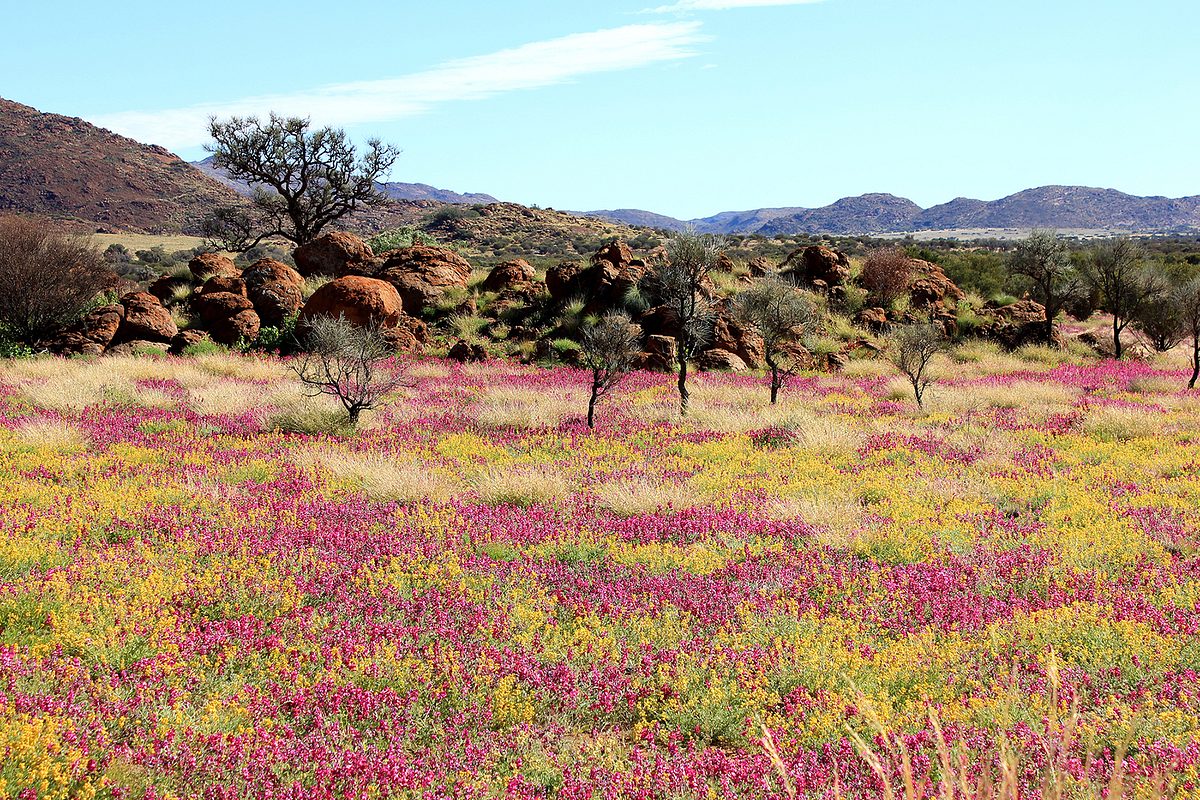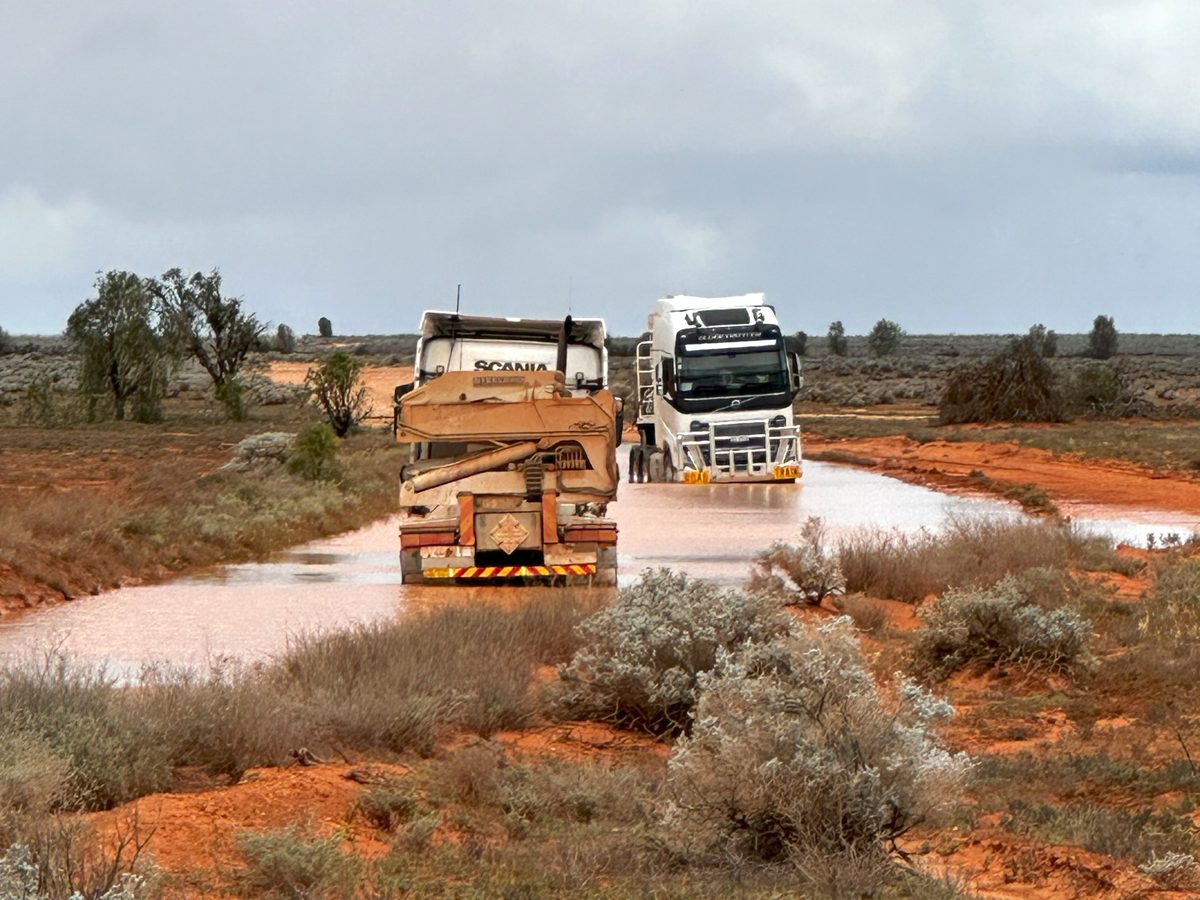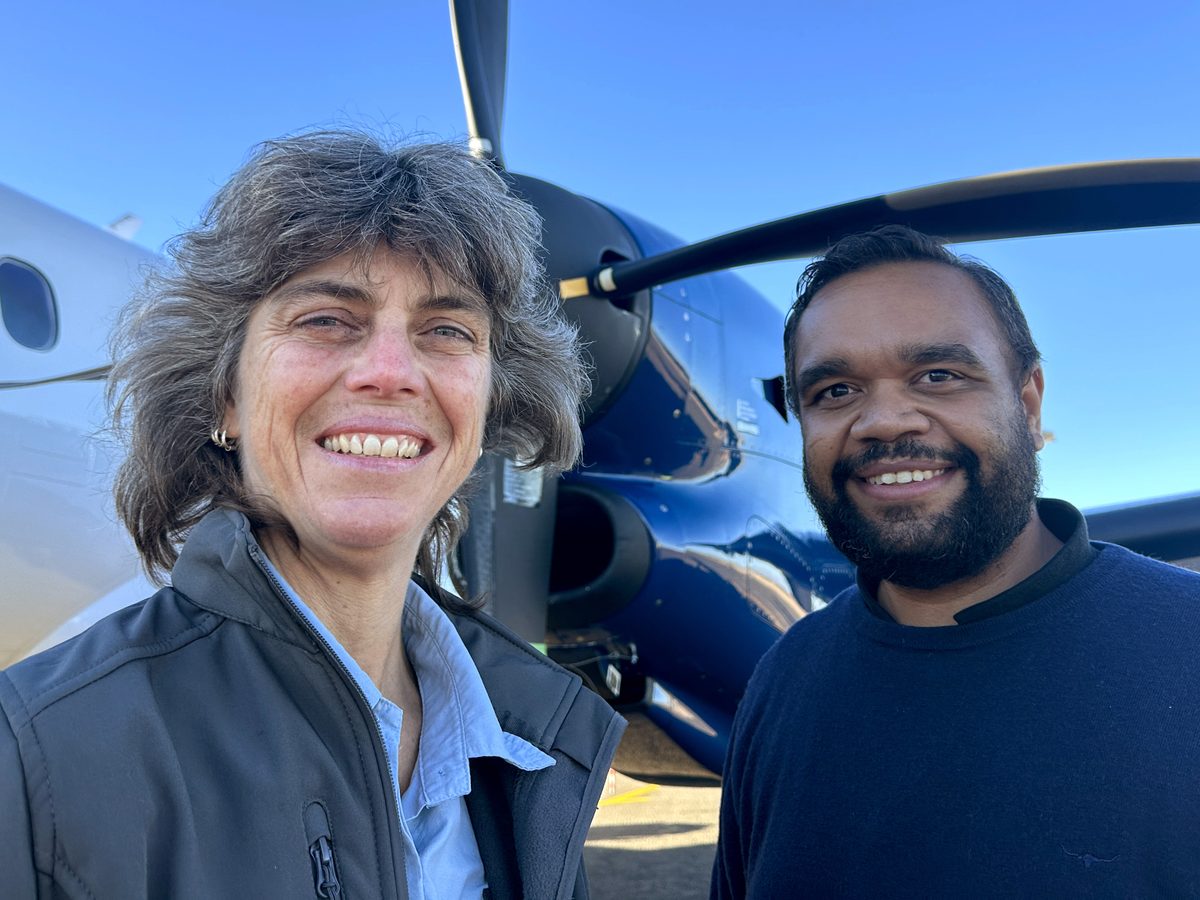Buffel grass nominated as a Weed of National Significance
Buffel grass, an introduced weed that is transforming desert ecosystems across Australia, has been nominated for recognition by the Australian Government as a Weed of National Significance (WoNS).
The WoNS list was established in 1999 and last updated in 2012. Plant species are assessed for inclusion based on their invasiveness, potential for spread, and their environmental, social and cultural impacts.

The buffel grass nomination was submitted by the Indigenous Desert Alliance (IDA), in partnership with the Alinytjara Wiluṟara Landscape Board (AWLB) and the Arid Lands Environment Centre (ALEC). Comprised of evidence gleaned from research papers, documents, photographs and presentations from multiple organisations and individuals, the nomination included letters of support from 48 organisations, and an open letter signed by 83 organisations from every mainland state and the Northern Territory.
Nominating buffel grass as a WoNS highlights the urgency of the problem and recognises that buffel grass is causing negative impacts in many areas of Australia. It affects multiple sectors, including the environment, culture, tourism, the arts and health, with serious social and cultural outcomes.
“Since its introduction into central Australia last century for dust control and livestock production, buffel grass has spread across parts of the landscape causing problems for biodiversity, natural and cultural heritage and infrastructure,” says the Hon Dr Susan Close, Deputy Premier and Minister for Climate, Environment and Water. “Buffel grass is highly flammable and has been implicated in accelerating wildfires in Australia and elsewhere, including Hawaii.
“South Australia took the lead in 2015 as the first jurisdiction in Australia to declare buffel grass under its weed management legislation, and we are fortunate that many areas of South Australia remain free of buffel grass. Declaring buffel grass a Weed of National Significance would support national efforts to protect our environment.”

The buffel crisis affects land tenures such as municipal, conservation and infrastructure, with First Nations communities particularly impacted. Impacts of buffel grass include:
- Increased frequency and intensity of fires impacting the safety of communities
- Risk to critical infrastructure including road/rail transportation network, powerlines and renewable energy projects.
- Listed as a key threat in the conservation advice and recovery plans of at least 31 Environmental Protection and Biodiversity Conservation Act (EPBC) listed species
- Simplification (damage) of structure and composition of plant and animal communities
- Impact on First Nations including loss of bush foods and medicines, impacts on special places and ability to undertake traditional cultural practices and pass on knowledge to younger generations.

Listing buffel as a WoNS would be a major step forward in the management of this ecological transformer weed, which would benefit immensely from a national approach. Considerable resources are already dedicated by small teams trying to limit the spread of buffel, and the strengthening and coordination of these efforts through a national management plan can limit the further spread of the weed and manage its impacts, including heightened fire risk.
The Alinytjara Wiluṟara Landscape Board has been a leader in buffel management in South Australia for many years, since before it was declared a weed in this state. AW's Buffel Grass State Coordinator Troy Bowman was one of the authors of the nomination and believes it is an opportunity to take meaningful action on one of the biggest environmental threats facing Australia’s rangelands.
“Buffel grass is a crisis that needs our immediate attention,” Bowman says. “A national approach is critical to limit its spread, to mitigate the damage already done to Country, and to prevent a further increase in the risk of fire to Australian communities.”
Buffel grass is a declared weed in South Australia and the Northern Territory, but is favoured by many pastoralists in other states. The WoNS nomination would not affect these uses of the plant or impose any new regulations. “The focus of buffel grass management is on addressing the impacts on other land tenures, including national parks and reserves, First Nations land, infrastructure and townships,” Bowman says. “We want to work together in a respectful way, with the goal of resilient rangelands for all. Recognition of buffel as a WONS would give the issue the respect it deserves and create space for having equitable conversations where all voices can be heard.”
The nomination will be assessed by a panel appointed by the Australian Government. A decision is expected later this year.



